Live In A Village To Know The Earth
Aparna Sridhar | 4 September, 2023
Mayank Ale was city-bred in Hyderabad but in his college days became environmentally concious and developed an abiding love for local agricultural activities. His vision is to create green spaces for children, where they can nurture their creative selves while learning how to co-exist with nature through agriculture. His advice to motivating young explorers is to “foster a sense of wonder about the natural world, facilitate hands-on learning experiences, and enable them to witness firsthand the tangible effects of sustainable actions in the real world.”
Mayank Ale is currently a fellow of the Center for Embodied Knowledge.
Can you explain what does cultural ecology mean to you and why it’s important in today’s world?
The ecological crisis is a matter of grave concern for many educated young people in India today. This demographic is responding to the crisis in diverse ways. However, there’s a noticeable tension when it comes to how we perceive and address this issue, primarily due to the dominance of Western perspectives in framing the problem and proposing solutions.
Thus far, the Western discourse has largely shaped the global conversation surrounding the ecological crisis. This influence has led to Western solutions, such as energy-efficient technology, renewable energy sources, waste management, veganism, and the establishment of biosphere reserves, becoming the default approach worldwide.
We believe that the rich reservoir of wisdom present in local indigenous cultures can offer valuable insights in tackling the ecological crisis. These indigenous perspectives may not only enhance our understanding of the root causes of our environmental challenges but also provide more meaningful and holistic responses. However, it’s disheartening to observe that the cultural knowledge systems housing this wisdom are fading away, especially among older generations. Additionally, educated young individuals often find themselves disconnected from these traditional knowledge systems. This disconnect poses a significant challenge in harnessing the invaluable insights that indigenous cultures can contribute to addressing our pressing environmental issues.
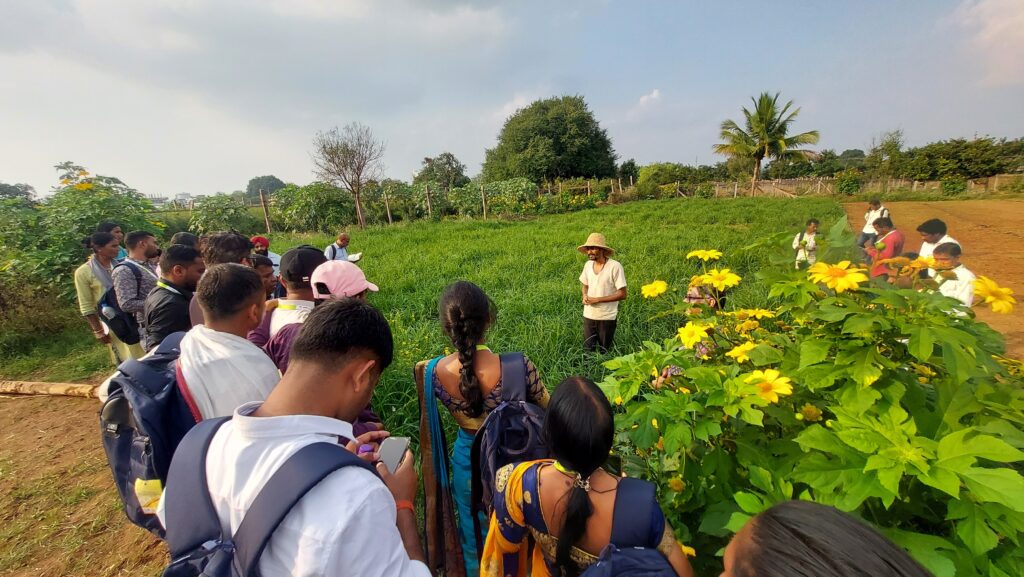
You have spent many years in a ashram for artists. How did this experience shape your thinking of finding creative solutions to issues?
Growing up in an urban, educated environment, my perspective was primarily shaped by verbal and theoretical learning. However, my transformative experience of spending time with skilled artisans in their workshops taught me the importance of practical thinking. I discovered the essence of focusing on hands on approach rather than mere words. This fundamental shift in approach significantly altered my perspective and how I engage with my work.
Can you describe a research project or study you’ve been involved in that exemplifies the principles of Indian cultural ecology? What were the key findings and implications?
My educational journey has been unconventional; I haven’t formally worked in academia. Instead, my learning has been informally acquired by immersing myself in rural communities, particularly among artisans in villages.
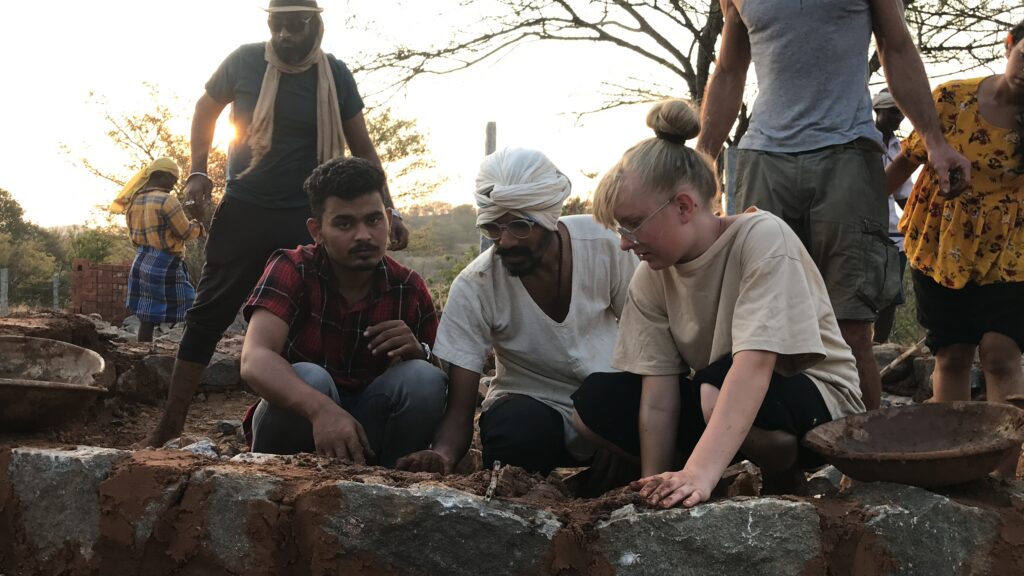
Cultural ecologists often explore the concept of adaptation. Can you share an example of how a culture has adapted to its environment and the ecological consequences of this adaptation?
In Telangana, the establishment of chain lake systems stands as a remarkable testament to human adaptation in semi-arid landscapes. These systems played a pivotal role in enabling civilizations to thrive in these challenging environments. To honor the profound contribution of these lakes to their way of life, the people of Telangana celebrate one of their most significant festivals, known as Bathulamma – the Festival of Lakes. Additionally, each lake is associated with a goddess, Katta Maisamma, who is regarded as the protector of the vital bund, or embankment.
From an ecological perspective, these lakes represent an ingenious solution for efficiently collecting and storing rainwater. This stored water becomes a lifeline for local agriculture, particularly during the dry months when natural water sources might run dry. It ensures a steady water supply, sustaining the livelihoods of the people and supporting their crops.
Furthermore, these lakes create localized ecosystems that foster biodiversity. They serve as breeding grounds for various migratory birds and aquatic species, thereby contributing to the conservation of local biodiversity.
The construction and maintenance of these lakes are deeply rooted in a profound understanding of the local ecology and hydrology. This traditional knowledge is passed down through generations, playing a crucial role in preserving indigenous wisdom. In sum, the chain lake systems in Telangana are not just marvels of adaptation but also repositories of ecological knowledge and cultural heritage that continue to shape the region’s identity and sustainability.
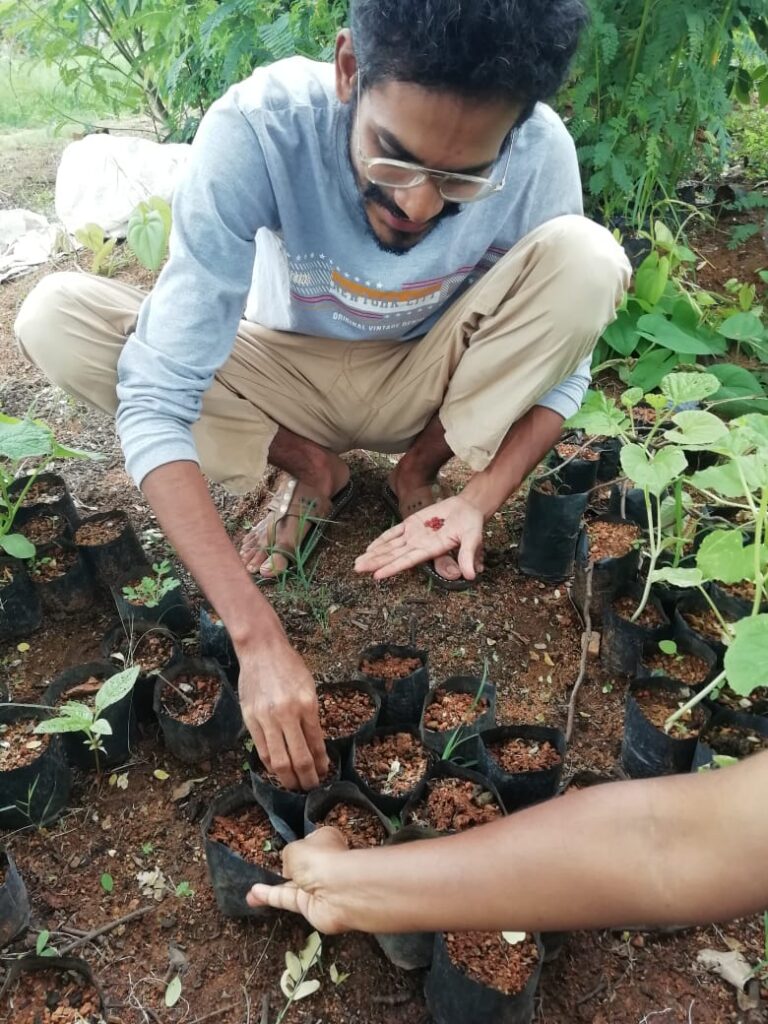
Can you describe a recent or ongoing project that illustrates the potential for cultural ecology to inform sustainable development practices or policy decisions?
During my time in Indrana village near Jabalpur, Madhya Pradesh, I had the privilege of interacting with the Burman community, residing along the riverbanks. Their way of life was characterized by simplicity, with homes made of mud and wood, among the humblest in the village. Much like their fellow villagers, the Burman community’s livelihood was intricately woven into the ecological fabric of the region. They were entirely dependent on the river and the adjacent forest for their sustenance.
Sundar chacha as I called him, who is a member of this community, epitomized this deep connection with nature. He played diverse roles as a fisherman, a ferryman for river crossings, a farmer along the riverbanks, a weaver of fishing nets, a forest goer with his goats, and even a boat craftsman. His knowledge of the forest ecosystem was impressive; he effortlessly identified around 20 different tree species, including the preferred Bheraha wood for boat-making and another type suitable for plows. Notably, he highlighted that Jamun and Teak wood could last up to 15 years, making them the preferred choices. While other local trees could be used, they didn’t offer the same longevity.
Intriguingly, they crafted bells from Mahua roots to hang around their goats’ necks. These bells emitted loud sounds, aiding shepherds in locating lost goats within the forest during grazing.
He shared that he was one of only two individuals from his generation who had acquired the skill of boat-making within his community. Regrettably, the other person had passed away a few years prior. Today, he stands as the last repository of this craft’s knowledge in the Indrana vicinity.
However, the most captivating aspect of their way of life was their vegetable farming practices along the riverbanks. These practices commenced as the Hiran River receded following Dussehra celebrations. Each year, the river bestowed the land with rich soil from its watershed, naturally replenishing the earth.
The profound knowledge and intimate connection that the Burman community held with the surrounding nature were nothing short of astonishing. Their sustainable practices and profound wisdom held enormous potential to coexist harmoniously with the environment, without imposing a heavy toll on the delicate ecology.
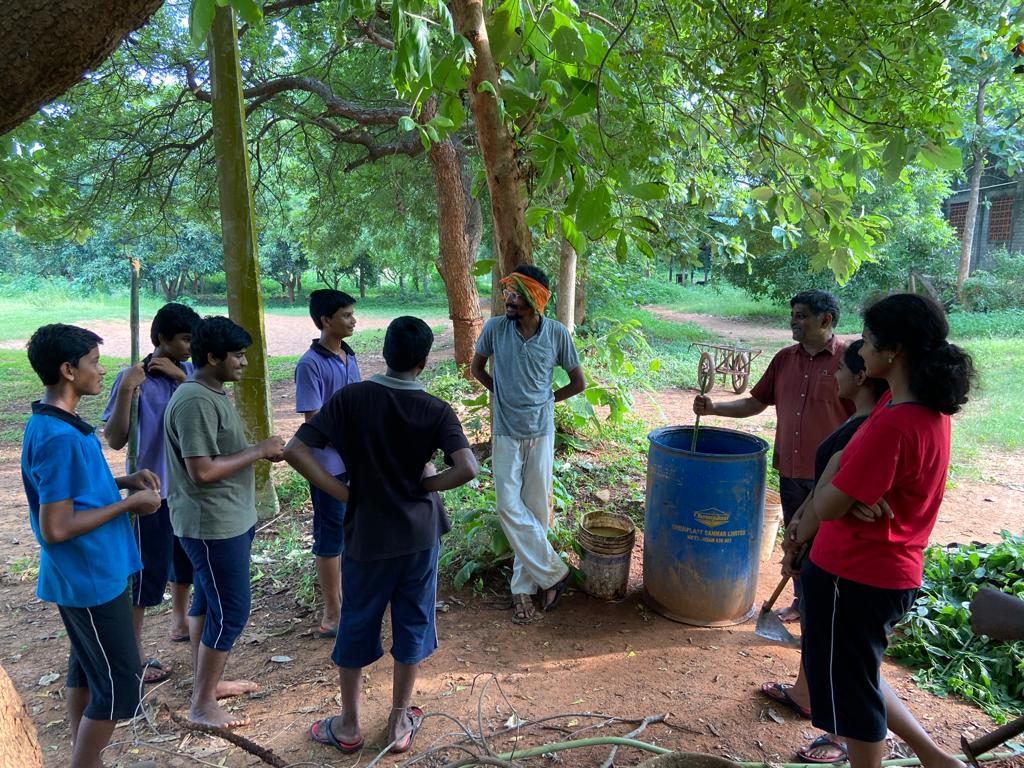
Are there any specific methodologies or tools you frequently use in your research as a cultural ecologist? Can you explain how these methods help you gain insights into the relationships between culture and the environment?
Respecting and valuing local cultural practices is indeed paramount, as it can significantly influence how readily the community opens up to outsiders. As I am mentioned, coming from a non-academic background without sophisticated tools or methods doesn’t hinder the potential for meaningful engagement.
The approach I have adopted, one of showing deep reverence for local traditions and refraining from judgment, is profoundly effective. It fosters trust and mutual respect, essential foundations for productive interactions. Taking the time to immerse yourself in the community and allowing them the space to share their stories naturally is a key element. Often, the conventional interview-style questioning can disrupt the organic flow of information that emerges through storytelling.
By embracing this approach, you not only gain valuable insights into their culture, practices, and knowledge but also forge authentic connections. This method underscores the importance of listening and learning from the people themselves, acknowledging that their wisdom and experiences are central to the understanding and preservation of their heritage.
Your field of interest often includes interdisciplinary collaboration. Can you discuss some of the disciplines or fields you’ve worked with to gain a comprehensive understanding of how to integrate local values to modern ideas?
My work in rural areas has been greatly enhanced through collaboration with professionals from diverse disciplines. By partnering with architects, linguists, anthropologists, and others, we’ve cultivated a comprehensive understanding of the intricate cultural-environmental dynamics at play. This interdisciplinary approach has proven invaluable in bridging the gap between traditional local values and modern solutions. It allows us to design and implement projects that not only respect but also integrate the richness of indigenous knowledge and practices, ultimately leading to more sustainable and community-centered outcomes.
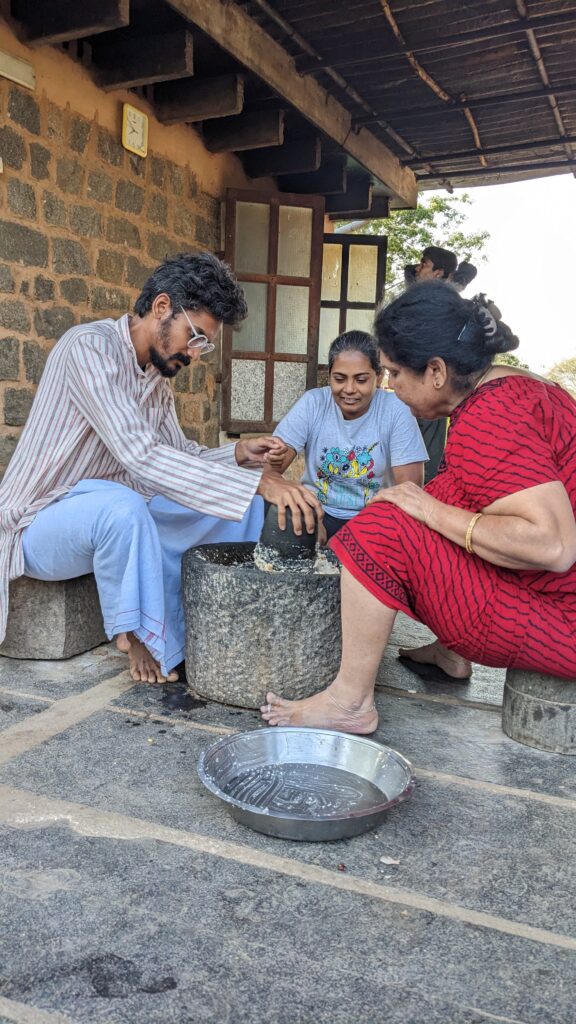
What are some of the ethical considerations in cultural ecological research, especially when working with indigenous or local communities? How do you ensure respect for cultural sensitivity and intellectual property rights?
When engaging with indigenous communities, it is of utmost importance to prioritize the reverence for their wisdom, seek their informed consent, and uphold their intellectual property rights. Authentic, open dialogue and the active involvement of community members are indispensable aspects of this collaborative process.
How do you see the field of cultural ecology evolving in the coming years, and what emerging trends or issues do you think will be important for researchers in this field to address?
In the coming years, the field of cultural ecology is poised to embrace a greater array of digital tools for the purpose of data collection and analysis. Furthermore, it will increasingly focus on comprehending how urbanization affects cultural ecosystems. An equally vital trend will involve the seamless integration of traditional practices into rural planning processes.
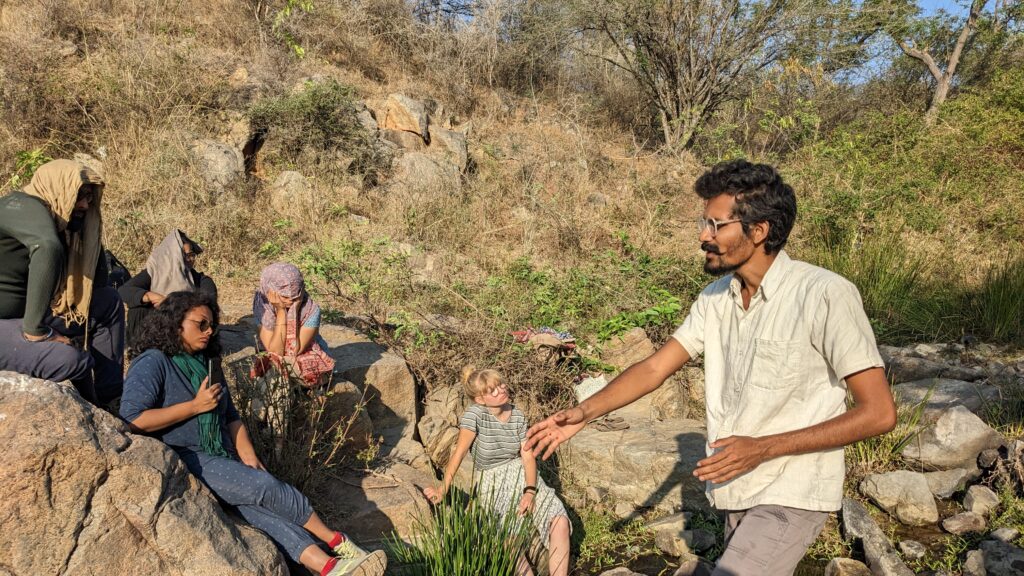
Can you recommend any books, articles, or resources for individuals who want to learn more about Indian cultural ecology and its relevance to today’s world?
- “Ecology and Equity: The Use and Abuse of Nature in Contemporary India” by Madhav Gadgil
- “The Adivasi Will Not Dance” by Hansda Sowvendra Shekhar
- Read about Ravindra Sharma Guruji
- Read all the books by Dharampal
- Read Mahatma Gandhi
- Books by Tagore
- Alternative futures India unshackled
The most effective approach is to reside in a village and fully engage in its way of life, immersing oneself completely.

